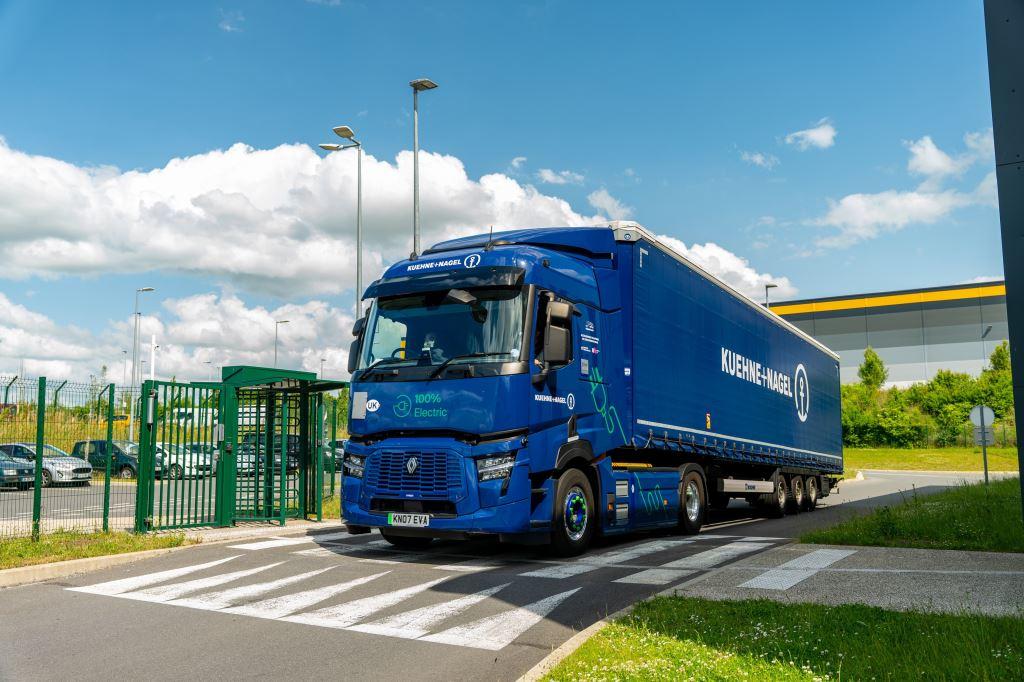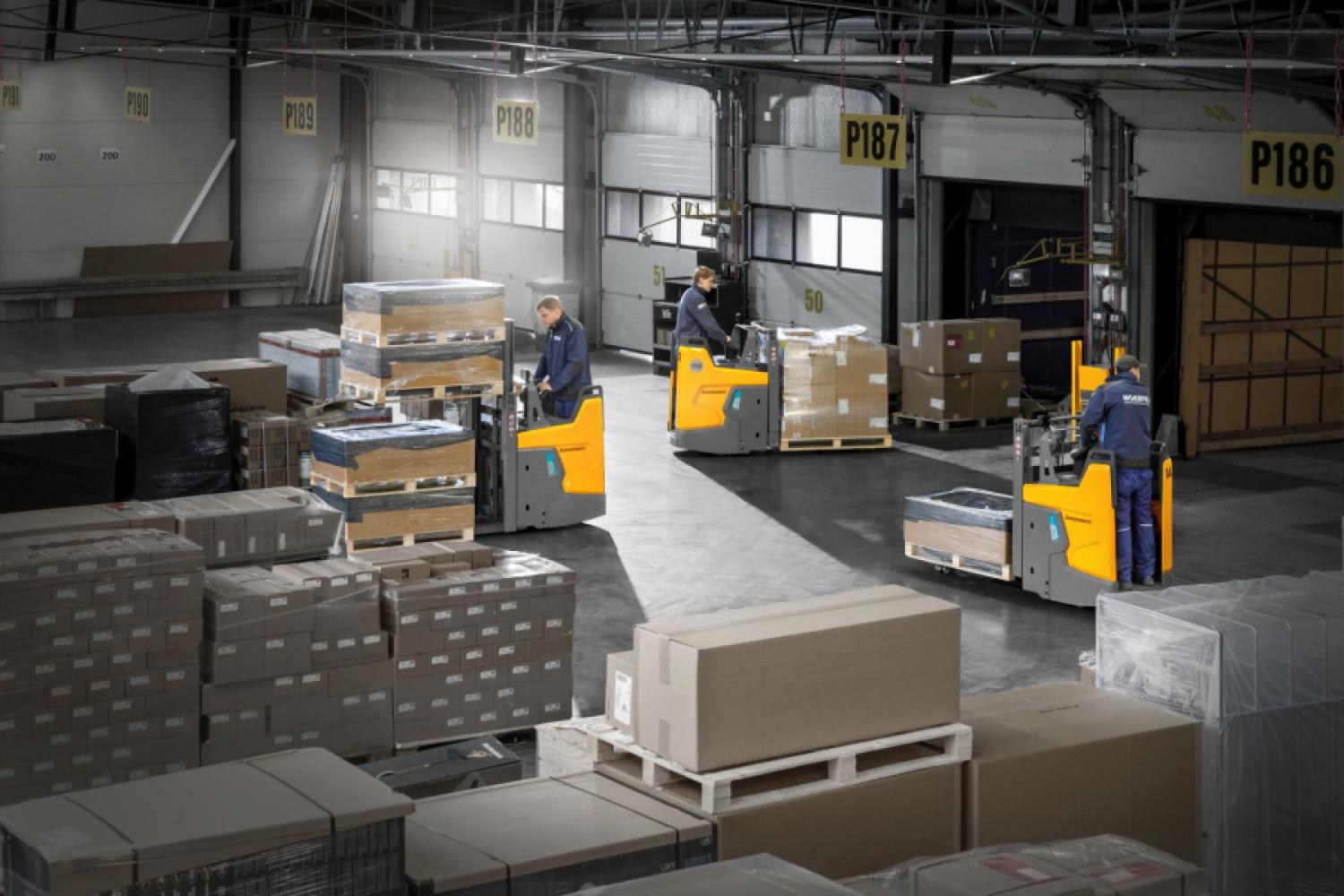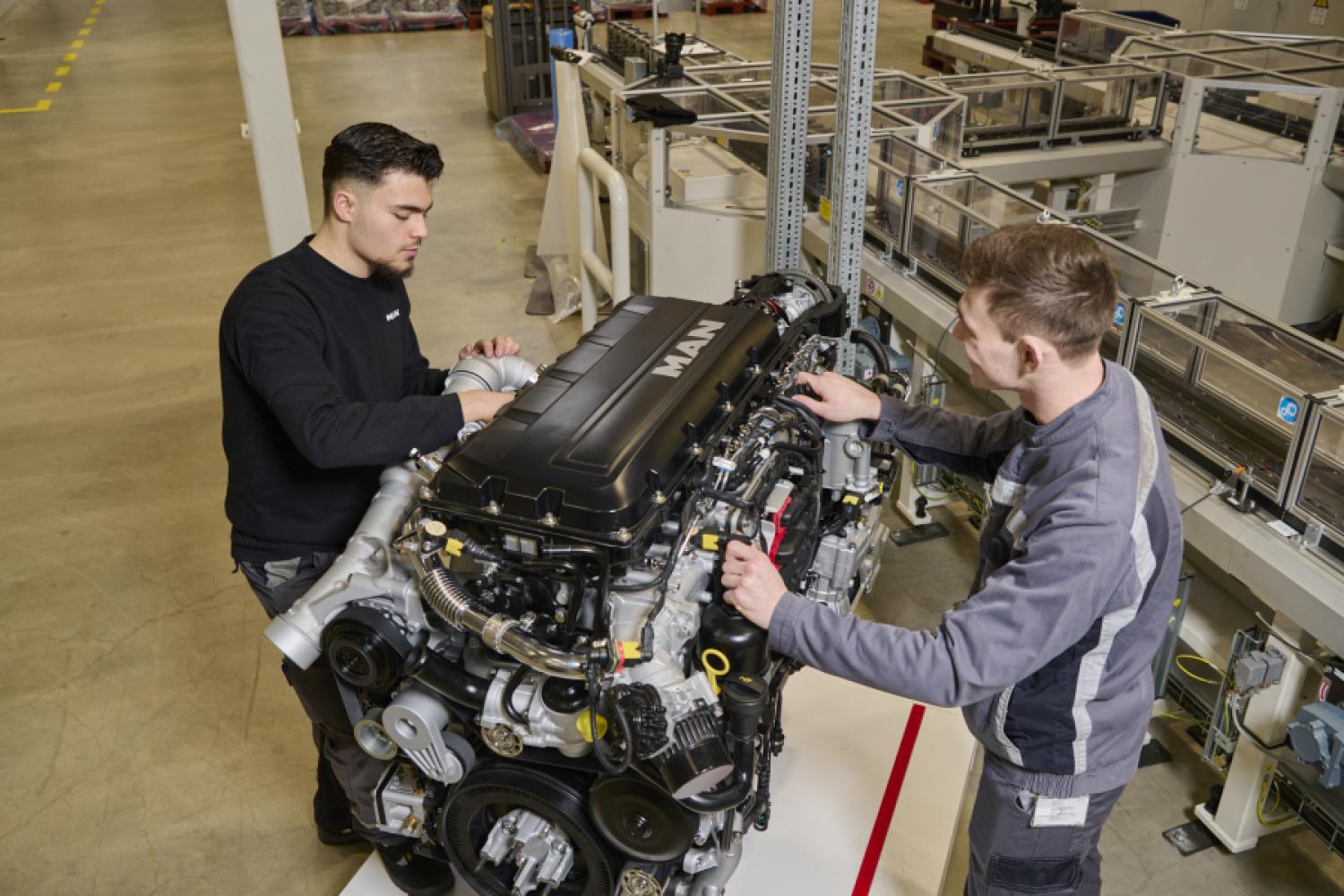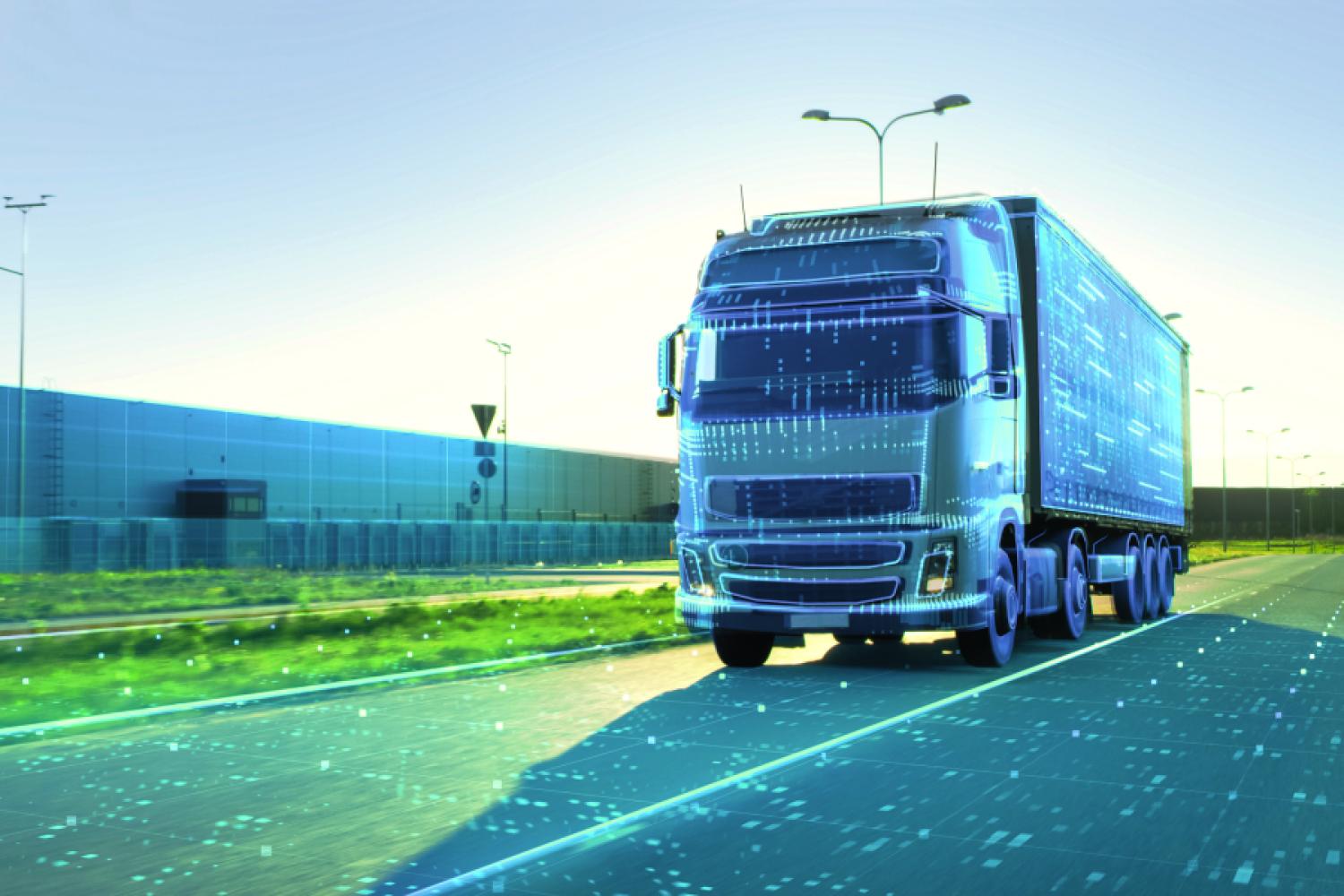An electric truck of the type Renault Trucks E-Tech T successfully used a ferry connection between Great Britain and France for a cross-border goods transport for the first time at the end of May. As the involved companies report, the vehicle started at the logistics location of Kuehne+Nagel in Derbyshire and crossed the Channel with a loaded cargo area on board the hybrid ferry “P&O Liberté”. The crossing from Dover to Calais is considered a strategically central route in trade between Great Britain and the European
mainland.
The truck, with a permissible total weight of 40 tons, was unloaded in Amiens, France, reloaded, and transferred back to the United Kingdom after a stop to charge the batteries. In total, it covered around 1,100 kilometers. For the first time, an entire transport chain in international traffic was depicted by a fully electric heavy-duty truck, explain the project partners.
They evaluate the journey as evidence of the suitability of battery-electric vehicles in cross-border freight transport. Additionally, it confirms that the route across the Channel
is legally permissible and technically feasible for the transport of fully electric trucks.
Another focus was on the ferry used. The “P&O Liberté” is designed as a hybrid ferry and, according to the operator's information, causes up to 40 percent less CO2 emissions than conventional ships on this route. The combined use of emission-free land route and emission-reduced sea crossing aims to show how more climate-friendly transport solutions can be established in everyday life.
The three involved partners – Renault Trucks, Kuehne+Nagel, and P&O Ferries –
assess the successful test run as a contribution to the gradual transition to lower-emission fleets. In their press release, they emphasize that the project should “strengthen confidence in electromobility in freight transport, contribute to broader acceptance, and accelerate the shift to climate-friendly transport fleets.”
The ferry route between Dover and Calais is one of the most frequently used connections in European trade. The first fully electric transport on this axis could, from the perspective of those involved, be a signal for further pilot projects in this






